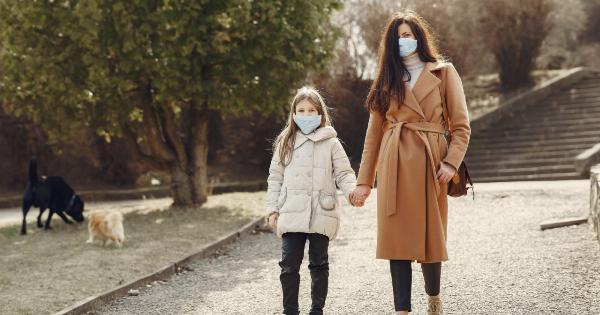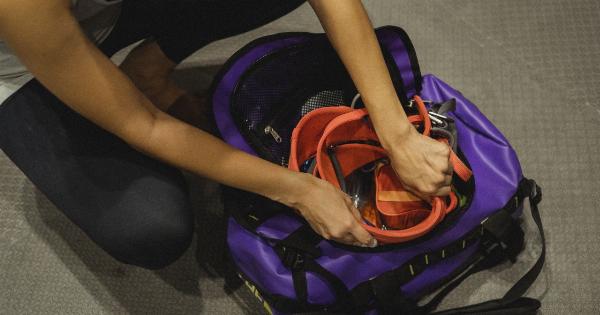A fever is a common symptom that accompanies various illnesses in children. As a parent, it can be worrying to see your child unwell and experiencing elevated body temperature.
It is essential to handle a child’s fever appropriately to ensure their well-being and to avoid making common parenting mistakes that could potentially worsen the situation. In this article, we will discuss some of the most common mistakes parents make when their child has a fever and provide guidance on how to handle the situation effectively.
Mistake 1: Overreacting
One of the most common mistakes parents make during a fever is overreacting. It is natural for parents to worry about their child’s health, but panicking can increase stress for both the child and the parent.
The first step is to stay calm and composed so that you can assess the situation objectively.
Mistake 2: Not Monitoring the Fever Properly
Another mistake parents often make is not monitoring the fever properly. It is crucial to keep a close eye on the child’s body temperature regularly. This can be done using a reliable thermometer and noting down the readings at regular intervals.
Monitoring the fever will help you keep track of how it is progressing and also provide crucial information to healthcare professionals, if required.
Mistake 3: Giving Incorrect Dosage of Medication
Administering medication to your child is a common practice during a fever, but giving the incorrect dosage can be dangerous. Always follow the dosage instructions provided by the pediatrician or the instructions on the medication packaging.
If you are unsure about the correct dosage, consult a healthcare professional.
Mistake 4: Not Providing Enough Fluids
Children tend to lose fluids through sweating during a fever, so it is essential to provide them with enough fluids to prevent dehydration. Offer water, clear broths, or oral rehydration solutions at regular intervals to keep your child hydrated.
Avoid sugary drinks as they can further contribute to dehydration.
Mistake 5: Not Taking the Child’s Discomfort Seriously
It is important to acknowledge and address your child’s discomfort during a fever.
Don’t dismiss their complaints; instead, provide comfort measures such as a cool compress, a lukewarm bath, or lightweight clothing to help reduce their discomfort. Pay attention to their symptoms and provide appropriate care and comfort as needed.
Mistake 6: Ignoring High Temperatures
While most fevers in children are harmless and resolve on their own, very high temperatures can be a cause for concern.
If your child’s fever reaches or exceeds 104 degrees Fahrenheit (40 degrees Celsius), it is important to seek medical attention immediately. High fevers can indicate a more serious underlying condition that requires medical evaluation and treatment.
Mistake 7: Not Consulting a Healthcare Professional
In some cases, it is necessary to consult a healthcare professional when your child has a fever.
If your child is under three months old, has a compromised immune system, or is experiencing other severe symptoms alongside the fever, it is crucial to seek medical advice. Consulting a healthcare professional will help determine the cause of the fever and provide appropriate guidance for further management.
Mistake 8: Using Inappropriate Methods to Lower the Fever
Parents often resort to inappropriate methods to lower a child’s fever, such as using rubbing alcohol or excessive cold packs. These methods can do more harm than good and should be avoided.
Instead, focus on providing a comfortable environment, maintaining hydration, and following the guidance of healthcare professionals.
Mistake 9: Not Getting Enough Rest
A fever can be exhausting for a child, so it is crucial to ensure they get enough rest. Allow your child to take frequent naps and ensure their sleep environment is comfortable. Resting will aid their recovery and help reduce the severity of symptoms.
Mistake 10: Focusing Solely on Temperature
While fever is a significant symptom, it is important not to focus solely on the temperature. Pay attention to other symptoms your child may be experiencing, such as coughing, sore throat, or difficulty breathing.
These additional symptoms can provide valuable information to healthcare professionals and aid in accurate diagnosis and treatment.






























